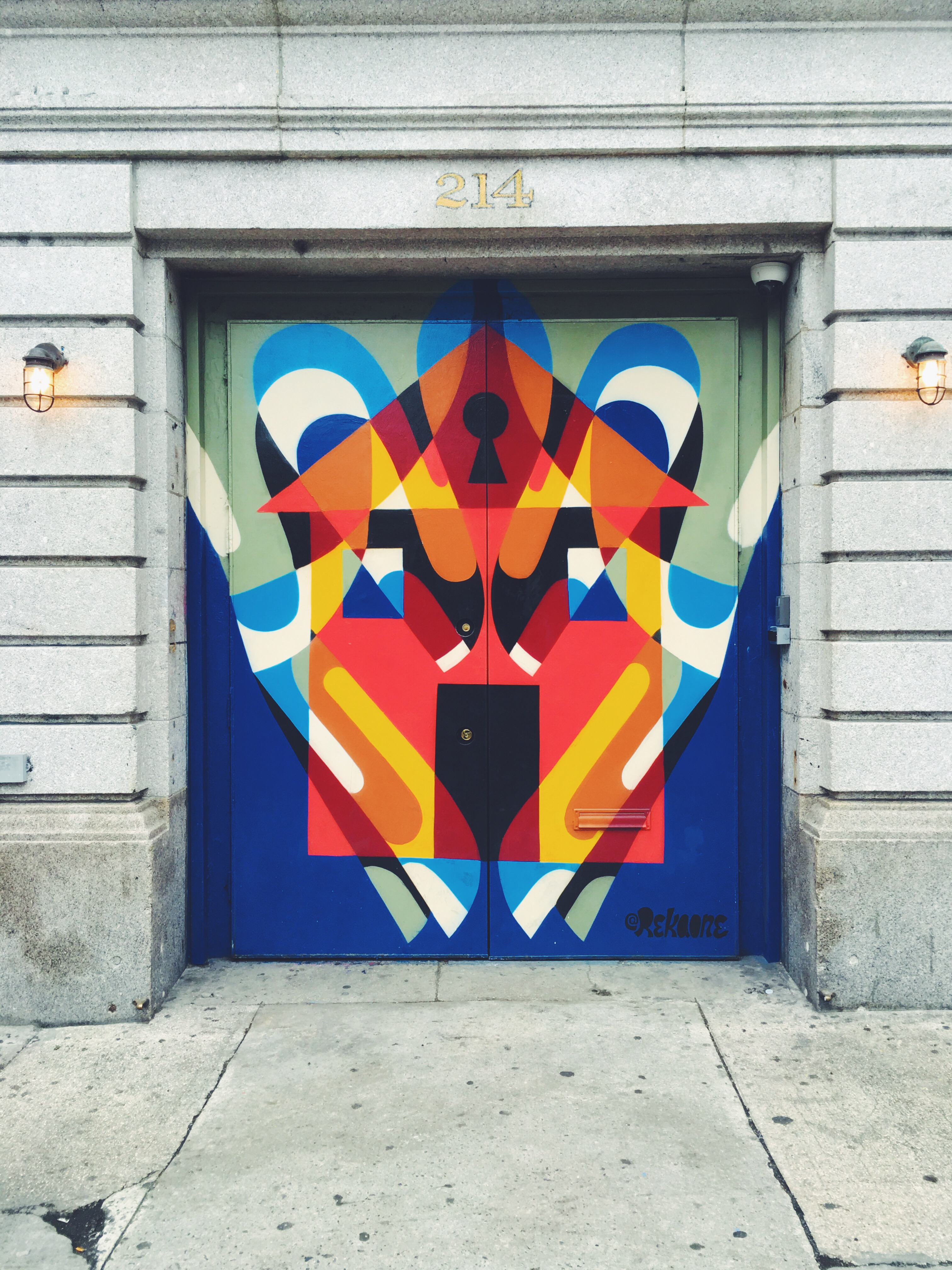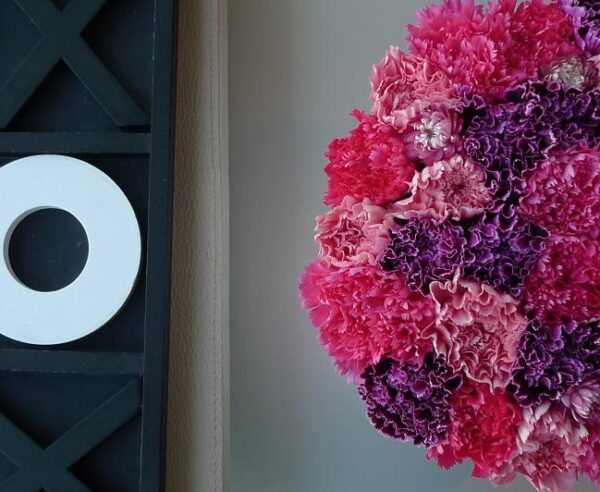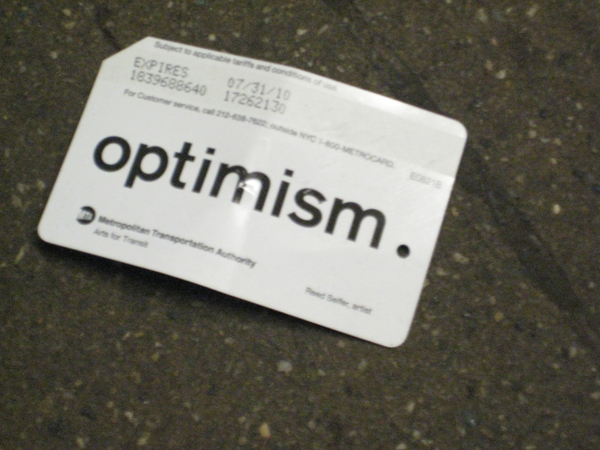A landscape as alive as you are

I’m currently reading Elizabeth Gilbert’s Big Magic, and I was struck by a story she tells about a professor of Environmental Science named Dr. Robin Wall Kimmerer. Kimmerer starts her class each semester by asking students two questions.
First she asks, “Do you love nature?” and, given it’s a room full of aspiring environmentalists, every hand in the room goes up.
Then she asks, “Do you believe that nature loves you back?” And every hand in the room goes down, at which point Kimmerer declares to the students that they have a problem. Gilbert offers the following insight:
The problem is this: These earnest young world-savers honestly believe that the living earth is indifferent to them. They believe that humans are nothing but passive consumers, and that our presence here on earth is a destructive force. (We take, take, take and offer nothing of benefit to nature in return.) They believe that humans are here on this planet by random accident, and that therefore the earth doesn’t give a damn about us.
Ancient people did not see it this way, needless to say. Our ancestors always operated with a sense of being in a reciprocal emotional relationship with their physical surroundings. Whether they felt that they were being rewarded by Mother Nature or punished by her, at least they were engaged in a constant conversation with her.
It was this phrase: “reciprocal emotional relationship with their physical surroundings,” (emphasis mine) that had me leaping out of bed to start this post.
Because if we’ve lost the idea of an emotional relationship with nature, we’re even more estranged from the built environment. I was just speaking at a conference about this idea. I showed pictures of the kinds of environments we spend so much of our time in: offices, schools, train stations, airports. And what you see when you look at these places all together is a morass of beige, taupe, grey. The surfaces are rough, like industrial carpet, or hard, like stone or plastic, and sounds reverberate harshly off of them. The light is flat, fluorescent. They are designed for efficiency, not for humanity. They don’t embrace us, they don’t start a conversation with us. So we learn to tune them out. They’re not kind to our senses, so we mute our senses to be able to ignore them. In cities, we even tune out the other people — we begin to see them as obstacles, rather than humans. We view them as extensions of the inanimate landscape, further cutting off the potential for an emotional engagement with our surroundings.
And over time, what this means is that instead of feeling like a connected part of a living system, we feel like detached, isolated beings in a lifeless space. The late Irish philosopher John O’Donohue once summed it up this way:
Well, I think it makes a huge difference when you wake in the morning and come out of your house. Whether you believe you are walking into a dead geographical location, which is used to get to a destination, or whether you are emerging out into a landscape that is just as much, if not more, alive as you but in a totally different form.
While our estrangement from nature is largely driven by guilt (we don’t deserve to be loved by nature given how we treat her), our distance from the built environment is more a function of how we feel it responds to us. Nature is very much alive; by comparison, many of our buildings feel inert, cold. But not all buildings. There are places that hum with energy and vibrancy, places that are impossible to just pass through on the way to a destination without being affected in some way.
I’m interested in how we rekindle our emotional relationship to our surroundings. Street art does this in cities, by transforming an ordinary doorway or disused wall into the beginning of a conversation. Urban artworks are pickup lines, opening the door to some kind of dialogue with a place, maybe even a love affair. But it doesn’t have to be art; it could be any sign of life embodied in the place, anything that shows an investment of care or effort, or the inherent dynamism that bubbles up from underneath. Perhaps for the houseplants I’ve been writing about do this for my home. Even cleaning I think can do this, bringing a joyful sense of order that holds off disarray and entropy.
There are many ways to do it, but I think my point is that we need to start viewing it as an emotional conversation, not just a practical one. Our senses are in dialogue all day long with our homes, offices, cars, roads, cities, and towns. We can’t change everything about these places, but we can interject moments that remind us they are living landscapes, and in O’Donohue’s words, as alive as we are but in a totally different form.





Discussion (2 Comments)
I think I was like most people, just kind of moving through the landscape until I started doing what I call the morning note. I send a poem daily to a list of family and friends, and while I am at it, I tell what I see from the window my desk faces. I often go out into the yard to look at things more closely. And I find that the more I notice, the more I notice, if that makes any sense. My maple tree is one of my favorite things to notice because it is often doing something . . . wild. And the squirrels, and the birds, and the grass . Every day it’s something different, while remaining essentially the same yard, the same view. Years ago, I got the idea to paint my front door sky blue with white puffy clouds. You would be amazed at the comments I get from something so simple. People often express the desire to go home and . . . paint something, paint something in their daily life so it’s more noticeable. Color in an unusual place often makes me stop and take notice. Now azaleas are blooming and their big banks of vivid color make me see the yards they are in. The bright new green, and the yellow flowers of the desert willow made me notice a whole lot I had driven past without notice. How could you drive down the same street almost daily and NOT see a whole lot complete with trees?
You always seem to be handing me a new realization of the world, another connection. I want you to know how much I appreciate your work and your joy, though I may not always respond, I am always grateful for both of those things!
Sherry, thanks for these beautiful observations! Spring through your words is a joy!! Thanks for your kind words – I’m always so happy to see your comments, whenever you have time to leave them 🙂
I’m going to be working from home over these next months, writing more. I’m inspired by your morning note practice – it seems like a lovely way to start the day. I’m going to try it!